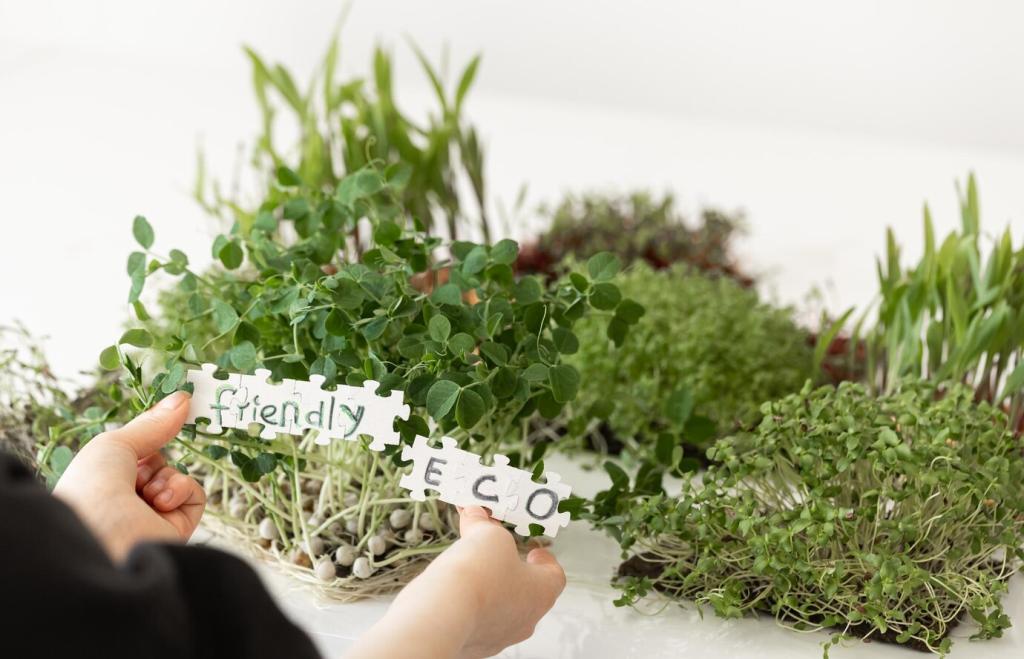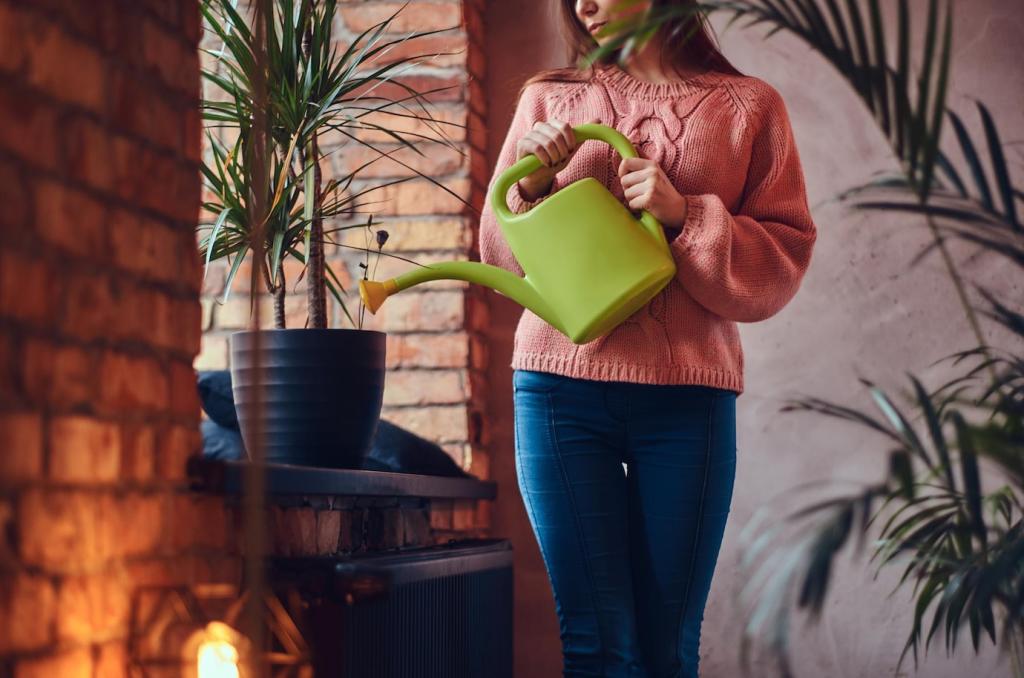Water Conservation Strategies in Home Gardening

Efficient Irrigation Methods
Drip irrigation is the gold standard in precision watering. It operates by using a network of tubes, valves, and emitters that deliver water right to the base of plants, ensuring minimal waste. Because water is dispensed slowly and directly to the root zone, there is little chance of runoff or evaporation, which are common issues with traditional sprinklers. Drip irrigation can be customized for any garden size, from small container setups to larger landscape beds. This approach not only conserves water but also improves plant health by maintaining consistent soil moisture. With proper installation and occasional maintenance, drip systems provide long-term water savings, making them an ideal choice for eco-conscious gardeners.
Soil Health and Water Retention
Enhancing Soil with Compost
Adding compost to your garden soil increases its organic matter, which in turn boosts water-holding capacity. Compost consists of decomposed plant and food material that acts like a sponge, soaking up water and making it available over time. This amendment also adds beneficial microbes and nutrients, leading to more vigorous plants that make better use of available water. Regularly top-dressing your soil with compost not only improves moisture retention but also contributes to overall soil structure and fertility, reducing your dependence on supplemental irrigation.


Cultivating Deep Root Systems
Encouraging plants to develop deep root systems allows them to access moisture stored deeper in the ground, making them less vulnerable to short periods of drought. This can be achieved by watering less frequently but more deeply, training plants to seek water further below the surface. Deep-rooted plants are also more resilient to heat and environmental stress. By fostering this kind of growth, you help your garden remain healthy and productive even when water is scarce, lessening the need for constant attention and intervention.
Selecting Drought-Tolerant Varieties
Opting for drought-tolerant plant varieties significantly decreases the amount of supplemental watering needed in your garden. These plants have adapted to resist dry conditions by storing water in their leaves or roots, developing waxy coatings, or establishing extensive root systems. Ornamental grasses, succulents, and specific shrubs are just a few examples of drought-resilient choices. Integrating these species not only conserves water but also adds visual interest and texture to your landscape. With careful planning, even a small garden can flourish with hardy, beautiful plants that require minimal irrigation.
Embracing Native Plants
Native plants are naturally suited to the local climate, rainfall patterns, and soil conditions. Once established, they often require far less water, fertilizer, and maintenance than exotic species. By incorporating native flora into your gardenscape, you contribute to local biodiversity and create habitats for pollinators and wildlife. Native gardens are uniquely beautiful, reflecting the natural heritage of your area, and are inherently more sustainable than lawns or non-native ornamental plantings. Choosing native plants supports a balanced garden ecosystem while significantly reducing your garden’s water requirements.
Designing for Grouped Watering Needs
Thoughtful landscape design involves grouping plants with similar water needs together, also known as hydrozoning. This approach prevents overwatering some plants while underwatering others and helps you apply water more precisely and efficiently. High-water-use plants can be located closer to water sources or shaded areas, while drought-tolerant specimens are placed in drier spots. By organizing plants according to their moisture needs, you streamline irrigation and support healthy, thriving groupings. Hydrozoning simplifies garden care and stands as an effective water-saving technique in both large and small home gardens.
